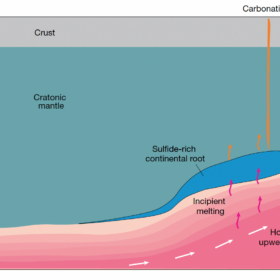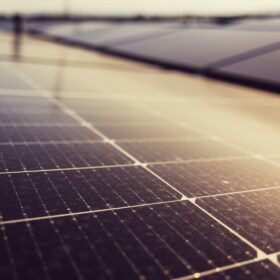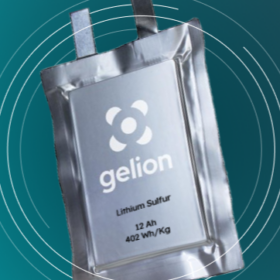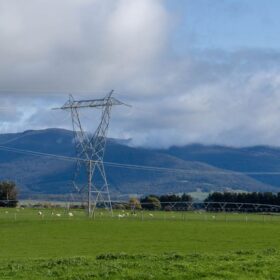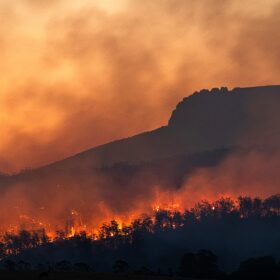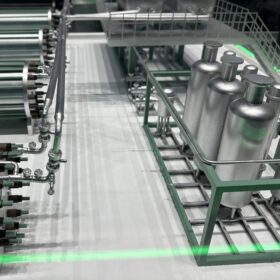Hydrogen pilot plant aquires linear Fresnel concentrated solar system
Sparc Technologies’ South Australian green hydrogen pilot plant is on track to commence construction in early 2025, following a formal commitment to Stage 2 of the project with industry partners, and procurement of a linear Fresnal concentrated solar system.
Virtual power plants can compete in the energy market from 2027: AEMC
The Australian Energy Market Commission has released a final determination to allow virtual power plants to compete directly with large-scale generators in the energy market, scheduled to begin in 2027.
Hot spots for critical minerals needed for green economy unlocked: study
University researchers have identified probable locations for critical metals needed to support a green economy by studying how critical metals accumulate at the margins of old cores of continents.
First Nations solar and battery projects to share $5.5 million from clean energy fund
The government of Western Australia has announced seven successful project bids in round three of its clean energy future fund scheme, including two First Nations renewable energy projects that will share $5.5 million from a $16 million pool.
Research seeds domestic supply chain for sustainable aviation fuel alternatives
GrainCorp and Ampol have both received ARENA investment into feasability studies on growing a sustainable aviation fuels domestic supply chain in Australia.
Gelion sulphur battery research project gets $4.8 million funding boost
The Australian Renewable Energy Agency has granted New South Wales based battery manufacturer Gelion Technologies $4.8 million in conditional funding to implement its advanced commercial prototyping centre in Sydney.
Genus lands head contractor role on Tasmanian transmission project
Western Australian infrastructure solutions company GenusPlus Group has been appointed head contractor for Stage 1 of Tasmania’s North West Transmission Developments project.
Scientists study impact of bushfire smoke on solar power generation
Scientists have quantified the impact of wildfires on the availability of direct normal irradiance and global horizontal irradiance at the state, regional, and national levels in the United States. They have found that direct irradiance is more sensitive to smoke than the PV-relevant global horizontal irradiance.
South Australian solar discovery could transform hydrogen production
An international study led by Flinders University in Adelaide has advanced nano-scale chemistry to further develop sustainable and efficient generation of hydrogen from water using solar power.
Australia Papua New Guinea off-grid solar collaboration lights up lives
Residents in the Huon Gulf District of Papua New Guinea have begun receiving 8,700 solar installations in homes and schools across 18 remote villages as part of a collaboration between the island country and Australia.


